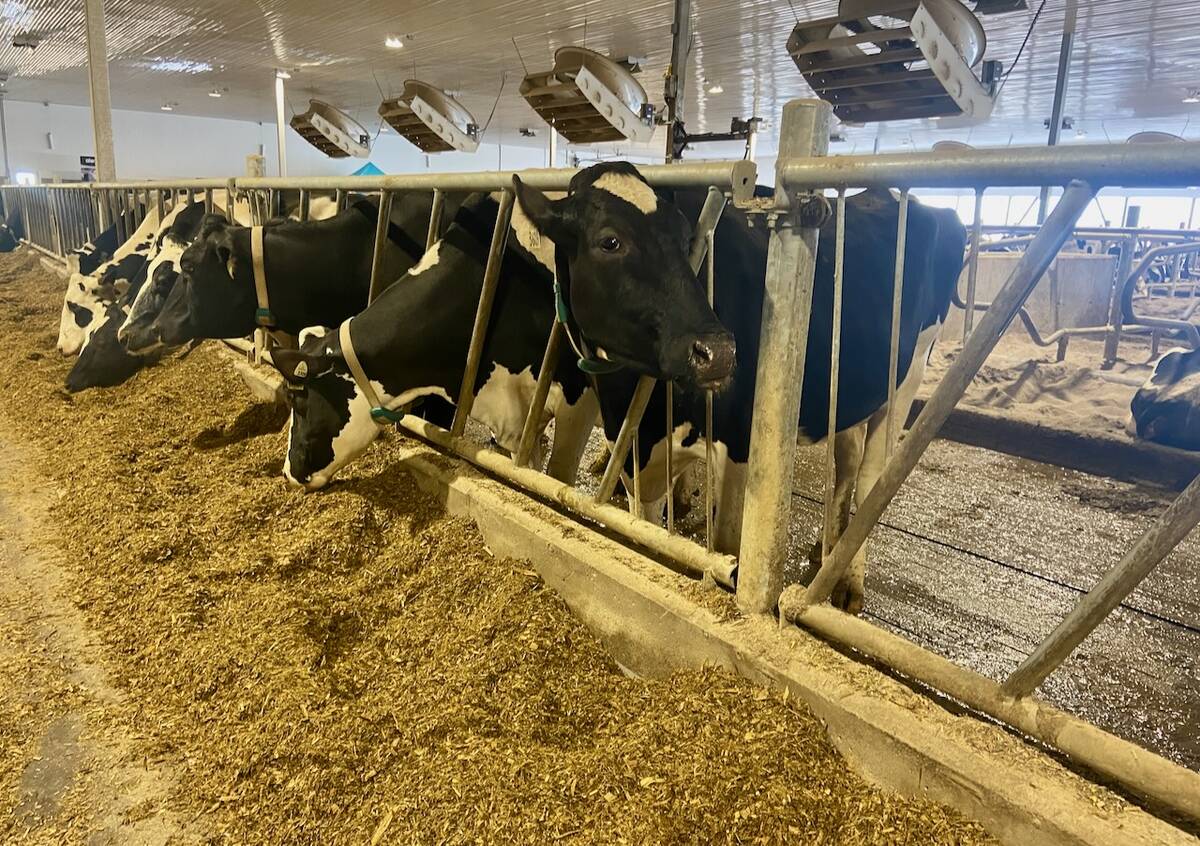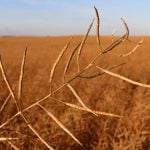Promote industry | Farmers near Toronto have seen land swallowed by urban development
MILTON, Ont. — Farmers in Ontario’s Golden Horseshoe area, which reaches from Toronto south to Niagara, are promoting a plan to save and expand the area’s lucrative food sector.
In a way, it is a fight for survival.
The Golden Horseshoe’s agriculture and food industry has an estimated economic impact of more than $12 billion annually, but it has often been overlooked as an economic engine. It is under constant pressure from urban expansion, competition and a declining processing sector.
Thousands of producers farm one million acres of some of Canada’s best farmland, producing $1.5 billion annually in farmgate receipts.
Read Also

U.S. farm group supports supply management
U.S. grassroots farm advocacy group pushing new agriculture legislation that would move towards supply management like Canada has for dairy industry
But for years, they have been under siege from urban encroachment, soaring production and land costs, myriad and multi-layered municipal, regional and provincial regulations, a shrinking processor sector to buy their produce and a lack of government support and recognition.
The 10-year plan was launched in March to promote the sector and convince government to support the industry and simplify and unify regulations between jurisdictions.
“There were a lot of regulations being imposed on farmers from many municipalities with no thought given to how they affected the competitiveness of the industry,” said Huttonville apple grower Nick Ferri, who chairs the Greater Toronto Area Agricultural Action Committee.
“From water use to nutrient management and land use, it was a growing problem.”
The result was a farmer-led effort to create a blueprint that would see farmers, processors, municipal planners and politicians co-operate to keep the sector healthy.
“In our overall area, there are millions of mouths to feed and lots of agriculture,” said Peter Lambrick, a Milton-area grain farmer who has been a driving force in the effort and is chair of the action plan steering committee.
“What we needed to do was go before councils to say that we’re here and we’re staying. Make our life easier.”
Governments have responded by promising more uniform and less chaotic regulatory demands.
In turn, farmers have agreed to recognize that they have to work more collaboratively with regulators and processors, as well as accept their responsibility to keep the sector healthy and growing.
“Farmers have to be willing to comply with sensible regulations,” said Ferri.
“They have to realize that processors are bottom-line oriented and they need guaranteed supply at affordable prices if they are to survive. Farmers obviously have a role to play there.”
The seeds of the plan began more than a decade ago with surveys that showed farmers in the counties surrounding Toronto had farmgate receipts larger than some provinces.
They farm on some of the most productive land in Canada, within a short drive of the largest consumer market in the country and yet competition from developers makes the land prohibitively expensive.
Farmland has been gobbled up for urban expansion, and regulations from multiple governments weigh the industry down.
The 2005 provincial decision to impose a green belt in the area galvanized farmers’ sense that they had to make their presence felt.
It restricted use of 1.8 million acres of privately owned farmland “to safeguard the quality of land in the Golden Horseshoe in anticipation of continuing population growth and urbanization.”
The result is a plan that includes:
- promoting local food as part of a health strategy for Ontario residents
- making it possible for farmer immigrants to get into the business of producing crops to fill the growing ethnic food market
- working with governments to create tax policies that make long-term land rental easier and
- having a senior official in each regional municipality to promote agriculture and agri-food and help operators navigate the rules
“I think this will be successful if we can make it easier to sustain and expand operations that attracts new farmers, our next generation or new immigrants,” said Ferri.














